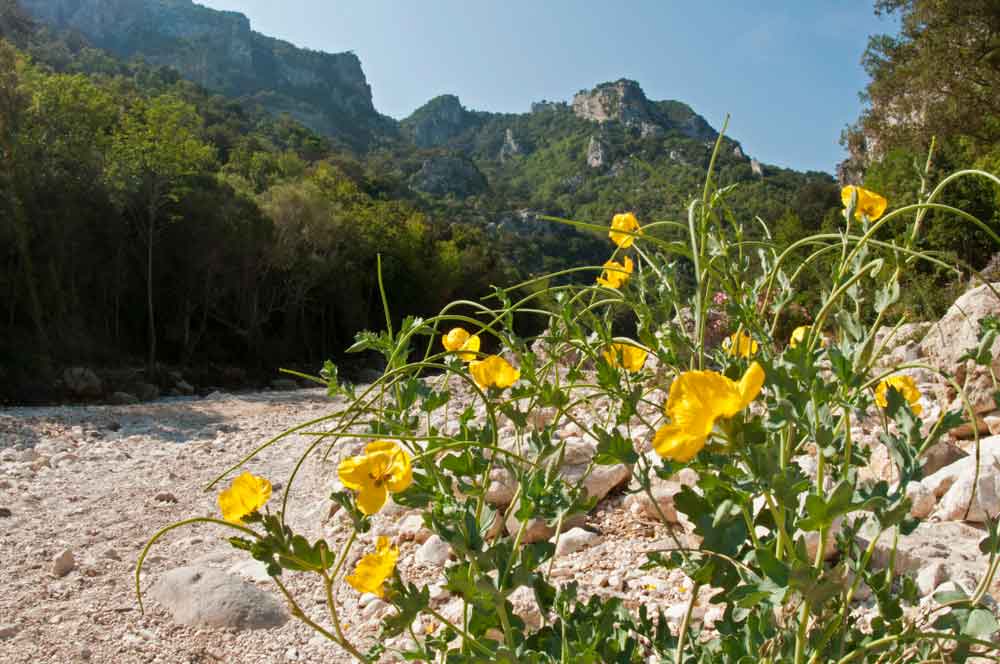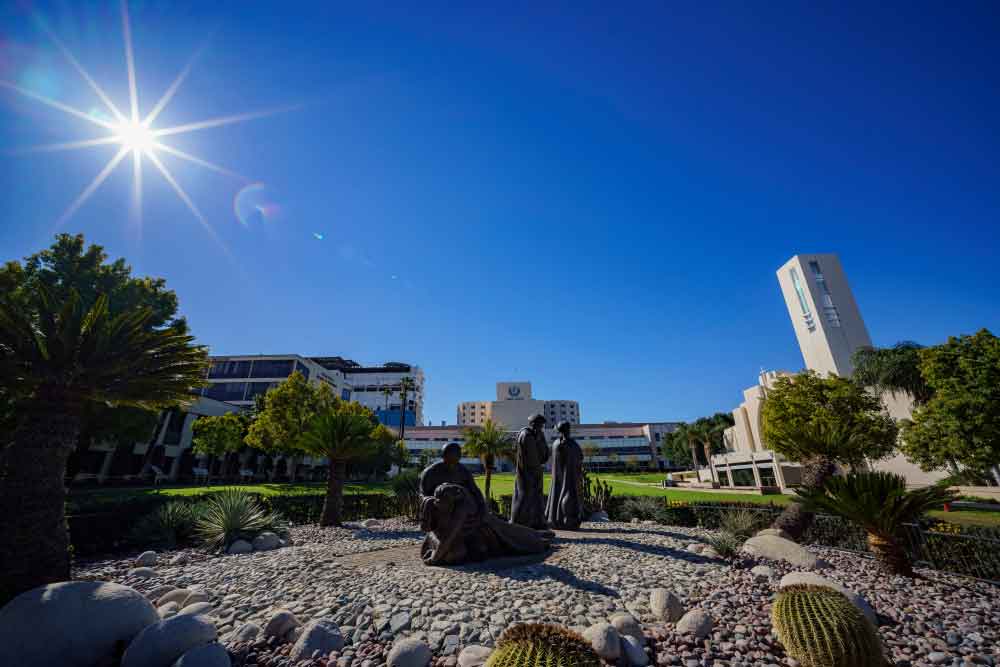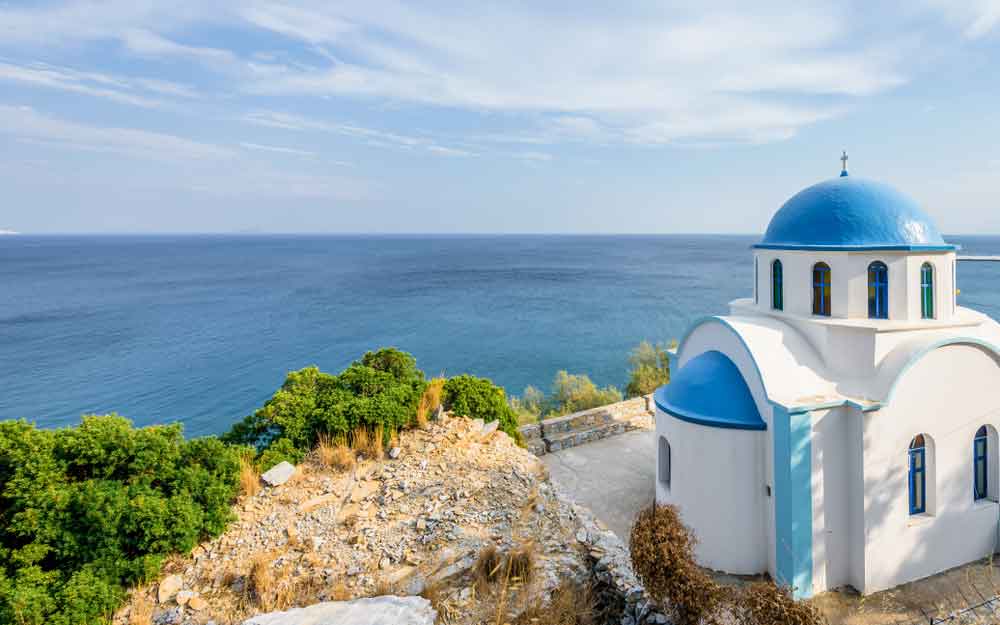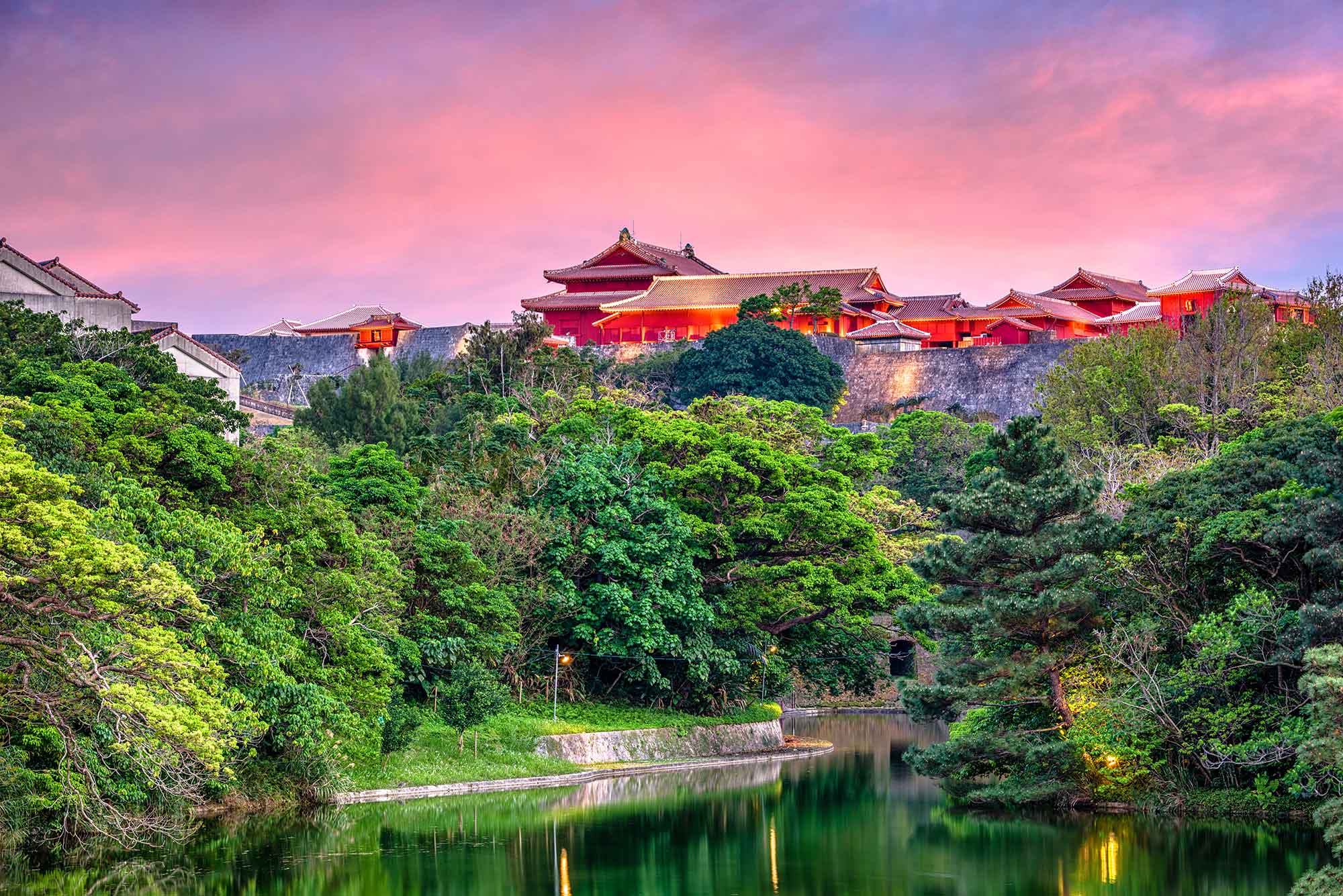Advertisement
They’re called Blue Zones. In five places across the world, the locals regularly – and happily – live to over 100 years of age. Why? What do they do to enjoy triple-digit longevity, and how can you enjoy the same long and fulfilled life?
What are Blue Zones?
Explorer and documentary filmmaker Dan Buettner identified the Blue Zones in a 2005 National Geographic magazine cover story, titled: ‘The secrets of a long life’. They are Okinawa in Japan; Sardinia in Italy; Nicoya in Costa Rica; Icaria in Greece; and Loma Linda in California.
What’s their secret? Okinawa is a large subtropical island that’s home to the world’s longest-lived women. They benefit from a diet that includes food staples like soybeans, mugwort, turmeric and the local Okinawan sweet potatoes. Meanwhile, Sardinia’s mountainous Ogliastra highlands feature the world’s highest concentration of 100-year-old men. Again, their diet is key: it’s all low-protein meals associated with lower rates of diabetes and cancer. Sardinia, Buettner told the recent Annual Convention of the Actuarial Society of South Africa, is ‘a place where at 102 they are still riding bikes, at 104 they are actively chopping wood and they can beat somebody 65 years their junior at arm wrestling.’

Then Costa Rica’s Nicoya Peninsula has the world’s lowest rate of middle-age mortality (and the second-highest concentration of 100-year-old-plus males), partly due to their strong faith communities, strong social networks, and regular, low-intensity physical activity. As for the Greek isle of Ikaria? There they enjoy what National Geographic describes as ‘some of the world’s lowest rates of middle-age mortality and dementia’ – due mostly to their traditional Mediterranean diet, heavy in veggies and healthy fats, and light on meat and dairy.
Advertisement

Finally, California’s Loma Linda community has the highest concentration of Seventh-day Adventists in the United States. There the residents live 10 more healthy years than the average American, powered by their strong faith connections and their Biblical diet of grains, fruits, nuts and vegetables.
The Power 9
As Buettner later wrote for the World Economic Forum, ‘These “blue zone” regions are incredible because the people there live not only longer, but better. Besides having a large percentage of people that live to 100, the ageing population also remains active well into their 80s and 90s, and typically do not suffer the degenerative diseases common in most of the industrialised world.’

A groundbreaking Danish study of twins confirmed that genes only dictate about 20% of longevity, while lifestyle and environment account for the rest. Buettner’s findings confirmed this. He saw, first-hand, how the environment dictated the lifestyle of the world’s healthiest oldest people. ‘They weren’t trying to be healthy,’ he said. ‘There’s no physical fountain of youth. You don’t have to move to these far-flung places to add years to your life.’
Together with a team of medical researchers, epidemiologists and demographers, Buettner ran the numbers to find an evidence-based common denominator in their lifestyles: one thing that ties those blue zones together, one takeaway that people in other places can use to live longer and (as Buettner put it) better.

They found nine. Buettner calls them the Power 9, and they are:
- natural movement, like walking, gardening, or doing housework throughout the day
- purpose, or knowing why you’re waking up in the morning (‘the Okinawans call it ikigaiand the Nicoyans call it plan de vida,’ Buettner writes, noting that it adds up to seven years of extra life expectancy)
- downshifting, or daily rituals that reduce or relieve stress (‘Adventists pray, Ikarians nap, and Sardinians do happy hour,’ Buettner points out)
- the 80% rule, a dietary habit that involves stopping eating when their stomachs are 80% full, and eating their smallest meal in the early evening
- plant-based diets, featuring beans, other vegetables, fruit and whole grains with meat eaten only occasionally in small amounts
- wine – more specifically, a moderate but regular consumption thereof, combined with friends and/or food
- belonging to a faith-based community, which, the Blue Zones team found, adds four to 14 years to life expectancy
- family connections, and staying close to spouses, parents, grandparents and grandchildren
- social connections with close friends.
How to live to 100
The lessons are clear: the secret to a long and happy life lies in eating well (but not too much), and in being part of a community. If you’re living in a residential estate, you’re halfway there – or, at least, you have access to a lot of what you’ll need. Walk around the estate to boost your natural movement, and join the various groups and activities at the community centre. If you’re religious, and if your estate offers prayer groups, consider joining. (Heck, even if you’re not the spiritual type, the benefits sound pretty good!)
Estate living lends itself to the spirit of community and a sense of belonging that you’ll find in those Blue Zones. Get your meal plans right, and you’ll quickly fill in the rest of Buettner’s Power 9. We can’t promise you’ll live forever … but there’s a proven recipe here for living past 100.



